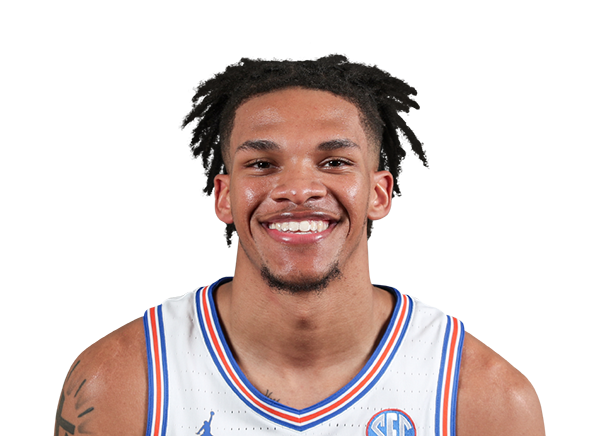Full Analysis
Offense
Micah Peavy enters the draft as a late-blooming offensive threat whose game has grown meaningfully over five collegiate seasons. After functioning primarily as a low-usage role player for four years, Peavy exploded as Georgetown’s go-to option, averaging 17.2 points per game on efficient shooting splits. Most notably, he hit 40.0% from three on 4.1 attempts per game, showing dramatic improvement from a career sub-30% shooter. That growth is reinforced by his ability to knock down a variety of threes, off the catch, off the dribble, and on the move, with consistent mechanics and rising confidence.
Peavy excels as a complementary scorer. He attacks closeouts with savvy, has an effective handoff game, and finishes well at the rim (58.5% FG), particularly through deceleration, body control, and creative reverses. He lacks elite burst but compensates with footwork and strength. His midrange pull-up game is polished and versatile, where he’s comfortable hitting jumpers from a variety of angles, though the NBA may phase some of these out unless he becomes a true mismatch problem.
As a passer, Peavy improved steadily, culminating in a career-high 3.6 assists per game with a positive assist-to-turnover ratio. He’s a capable drive-and-kick playmaker who thrives in connective actions and understands timing in motion offense. He’s less effective as a lead initiator, sometimes showing tunnel vision or mistiming reads, but as a second-side creator, he provides real value. His transition play is another strength, where he runs the floor well and makes sound decisions on the break.
Defense
Peavy’s defense is toolsy but inconsistent. His frame, strength, and lateral agility allow him to credibly guard 1-4, and he regularly hounded top assignments in the Big East. His anticipation and active hands resulted in 2.3 steals per game, often converting those into easy points the other way. He’s a physical, committed on-ball defender when locked in, capable of switching and containing in space.
However, his decision-making is a concern. Peavy gambles frequently, particularly in passing lanes, and it can burn his team. His screen navigation in pick-and-roll is shaky, as he often reacts late or gets caught up, and his closeouts lack control, leaving him vulnerable to pump fakes and straight-line drives. Off the ball, his motor and attentiveness can wane. He’ll ball-watch, miss rotations, or fail to box out, allowing preventable breakdowns. His effort fluctuates, which is problematic for a player whose value is partially defensive.
Peavy flashes defensive versatility and disruptiveness, but NBA teams will need to instill more discipline, awareness, and consistent effort. If those things come together, his strength and instincts give him the potential to be a plus defender across multiple schemes.
Looking Ahead
Micah Peavy has carved out a niche as a strong-bodied, two-way wing with growing shooting touch and functional playmaking. His journey, from raw off-ball defender at Texas Tech to first-option creator at Georgetown, reflects a player who embraced development, adapted to new roles, and ultimately thrived. The leap in three-point shooting, coupled with downhill scoring and connective passing, gives him a foundation to earn minutes as a rotation player.
That said, his age, defensive inconsistencies, and lack of elite athleticism or length temper expectations. His upside isn’t high, and he may struggle to earn trust early if he continues to gamble defensively or fall back into midrange-heavy habits. Still, Peavy’s competitive edge, physicality, and tangible skill growth make him an intriguing option for teams in need of plug-and-play wing depth.
With the right fit, ideally on a roster with strong rim protection and ball movement, Peavy could thrive as a low-usage, 3-and-D connector who finishes plays, makes smart reads, and defends multiple positions. If the shooting is real and the defense stabilizes, he may prove to be one of the better undrafted value additions in the class.


